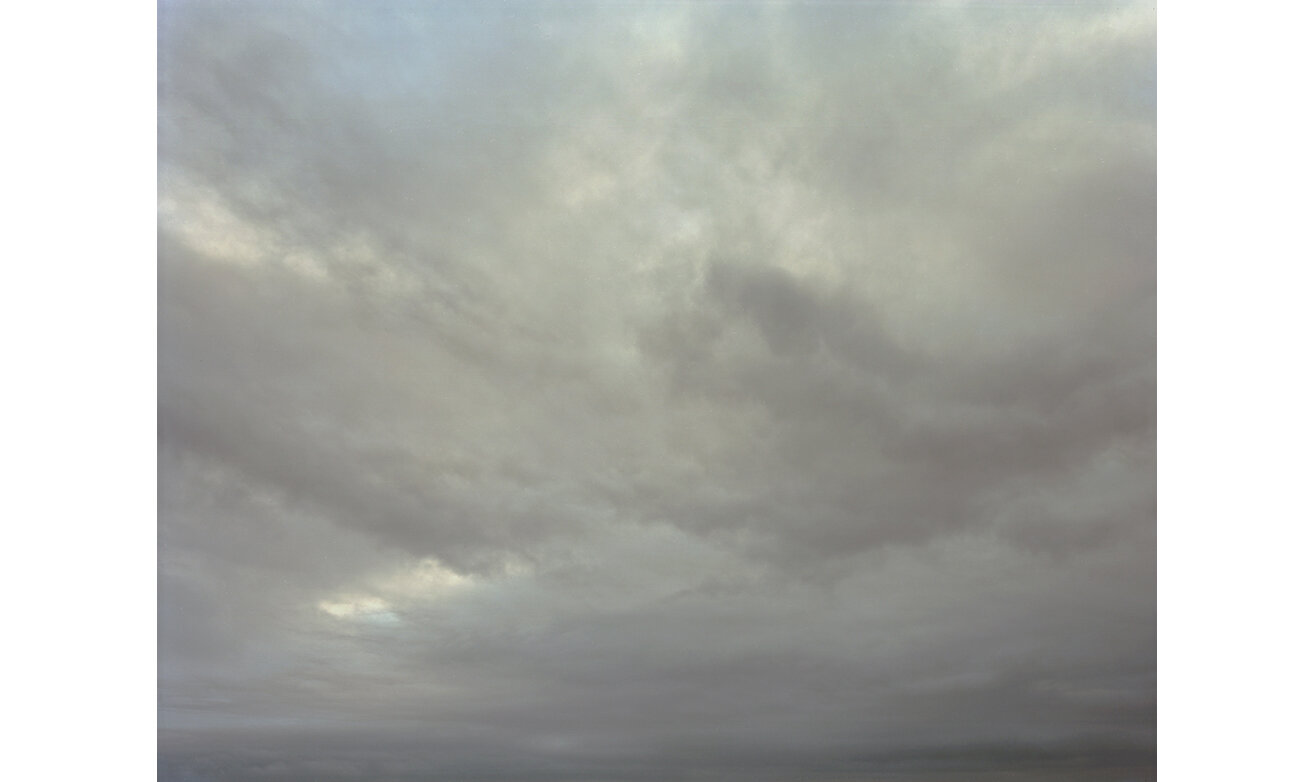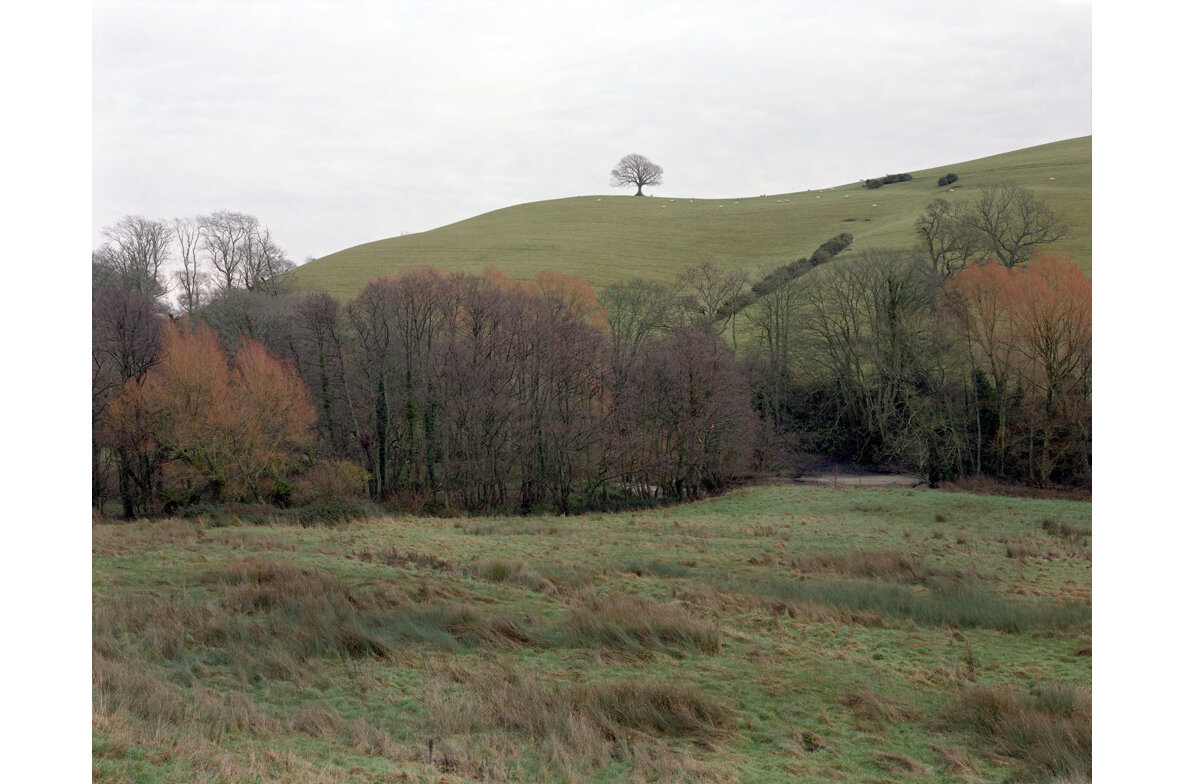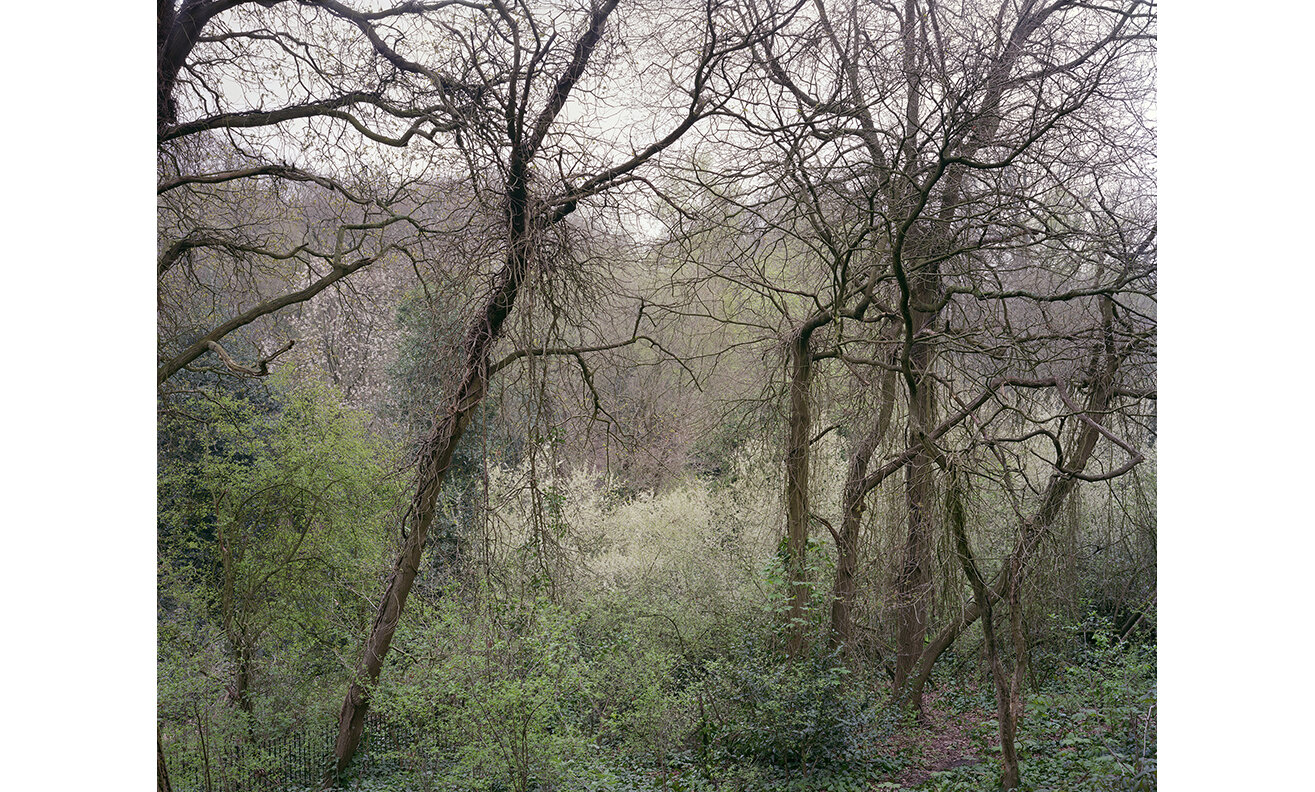Paysages Portraits
In 1818 The Climate of London by Luke Howard was published, setting forth a classification of clouds that remains in use today. Four years later the Meteorological Society of London was inaugurated. The previous autumn John Constable, who declared that observationally composed landscape painting should be considered a branch of natural philosophy, produced a series of oil sketches of cloud studies on Hampstead Heath, a practice known as skying.
Pierre-Henri de Valenciennes, the godfather of plein air painting, recommended that a landscape painting should begin with the sky and end with les devants, the foreground providing an immediacy to the sense of propinquity encapsulated within the scene from nature. Among the elements that gave rise to the birth of photography (the empiricism of the Enlightenment, camera obscura sketches, accurate Neoclassical recording in the Grand Tour) the closely observed, truncated composition and swift creation of the plein air sketch and painting ushered in a new culture of landscape art. Before being corralled off, photography and painting enjoyed a mutuality, nowhere more as fruitfully as in the Forest of Fontainebleau, attracting artists such as Gustave Courbet and Eugene Cuvelier. In the elegant words of Peter Galassi, “photography was not a bastard left by science on the doorstep of art, but a legitimate child of the Western pictorial tradition”.
Joseph Mallord William Turner called them “parts of nature”. Often painted as studies for subsequent versions of “finished” paintings, these were unencumbered by the overt imposition of metaphor. More broadly, Carl Ludwig Fernow declared that landscape painting “presents particular difficulties for theoretical treatment since the underlying idea of this genre remains undefined; in this respect very little has been done that would satisfy the philosophical enquirer.” These Paysage Portraits present the dilemma of this history from the retrospective of two centuries of art history later, a time when landscape is understood as a construct of culture rather than nature, and in an age that is now understood as the Anthropocene.














